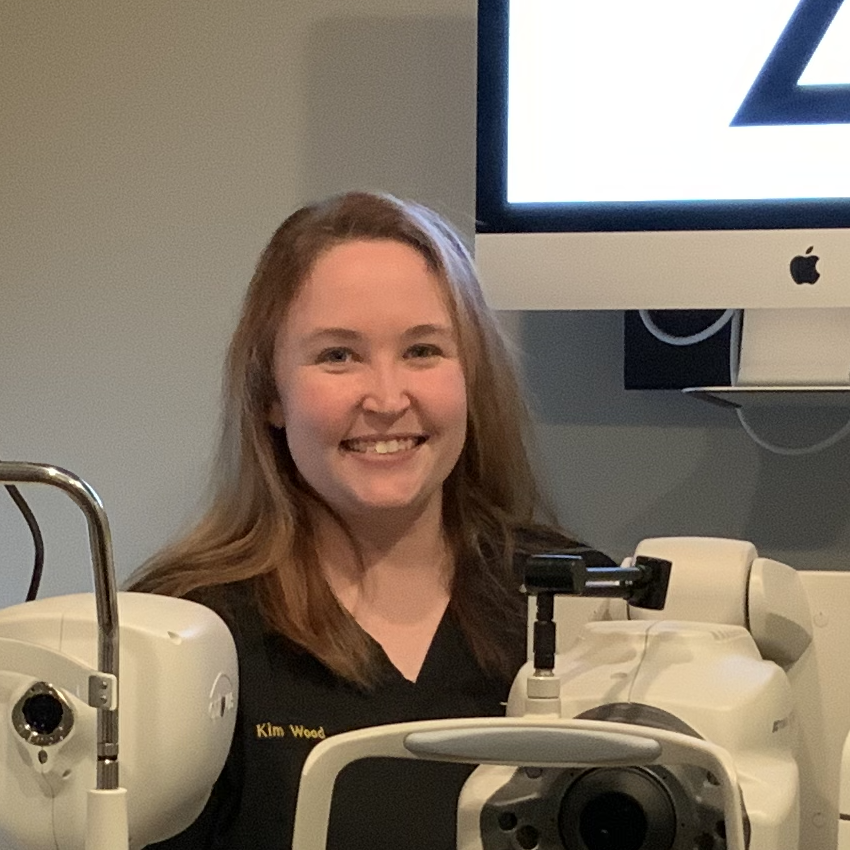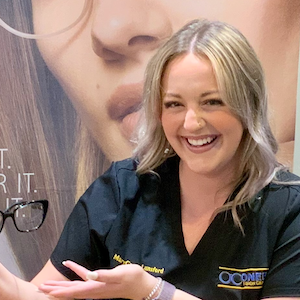Watery Eyes? It may not be what you think . . . .
Fresh cut onions, a pollen-filled Georgia spring, a tear-jerker movie, a brisk wind - all triggers for those teary eyes. Some of these triggers are obvious, but, the underlying cause for watery eyes in some of us could be much more nefarious. Believe it or not, the leading cause of teary eyes is an ocular surface issue called Dry Eye Syndrome (DES). However paradoxical, DES is a clinical diagnosis closely associated with a range of issues ranging from a simple and watery distraction to a sight-threatening loss of vision.
At its most basic cause, DES is the result of one of three, often combined, physiologic issues: 1) reduced tear production; 2) excessive tear evaporation; and/or, 3) sub-optimal tear composition. What, you might ask, would cause these types of issues? Maybe one or more of these sound familiar: medications (antihistamines, decongestants, antidepressants, antihypertensives), hormone changes, birthdays (age), poor air quality, medical conditions (RA, lupus, Sjogren's disease), and the list goes on. It should come as no surprise that 38% of adults experience symptoms associated with DES with nearly 16.4 million Americans suffering from diagnosed chronic DES (Am. EyeQ Survey, 2014; Am. Journal Ophth, 2017), and the number of undiagnosed patients suffering from chronic DES is thought to be considerably higher.
And yes, there are short and long-term consequences--significant ones for you, your work, and your lifestyle. Beyond the nuisance symptoms captured by the title of this article, more poignant issues include susceptibility to infection, inflammation and redness of lids and ocular surfaces, corneal ulcers, abrasions, variable vision, and fatigue--all rendering one of our most precious senses compromised.
But friends, there’s good news. Significant research over the past decade has changed the way we diagnose and treat what has been one of the most impactful, common, and now treatable problems in eye health. The days of “just use these artificial tears” are behind us.
Like any medical condition, accurate diagnosis is critical. If you’ve not had a comprehensive eye examination in recent years, start there. Regular eye examinations are an important part of preventative health care. Many eye problems have no obvious symptoms so you may be unaware a problem exists. Early diagnosis and treatment are key to preventing chronic issues or vision loss.
In many cases, further ocular surface assessment as a part of a specialized dry eye evaluation may be beneficial. Such evaluation assesses important diagnostic measures of tear volume and composition, gland anatomy and function, and ocular surface condition.
Treatment options for DES are numerous and need to be customized to the patient's underlying causes. Over-the-counter eye drops and supplements, prescription medication, and regular lid cleansing are among the most conventional. Some of the most interesting data in recent studies clearly identify 86% of the time DES is driven by a deficiency in the oily component of our tears; quite simply this means if we can address the oil deficiency alone, the vast majority of DES sufferers would be positively impacted. Accordingly, new, more intentional treatment options include thermal gland expression, serum tears, lid inserts, amniotic membranes, and specialized contact lenses. The effectiveness of these newer procedures are significant for emerging or ongoing symptoms.
For those of us motivated by prevention, there’s more good news. Avoiding non-essential medications, improving air quality (decrease pollution, increase humidity), turning off ceiling fans, wearing protective eyewear (sunglasses), taking breaks from screen time, and staying hydrated are all preventative measures strongly associated with reducing symptoms. These improvements to the environment and routine can go a long way toward combating DES. Now for that impending Georgia pollen . . . that will just have to wait for another article.
Dr. Jeffrey Hackleman is an Optometrist with his primary office in Watkinsville, GA. He is an active member of the American Optometric Association and the Georgia Optometric Association, where he served as president in 2015-2016. In 2019 Dr. Hackleman was appointed by the Governor to serve his first term on the Georgia State Board of Optometry. Dr. Hackleman is married with two daughters and lives in Oconee County, GA.




